2016.11.10 19:04
7 November
Perhaps it is the cross rather than the square or the diamond that is architecture's most primative form. It is, no doubt, the most profound architectural elemant in Hejduk's terms of a double articulation of formal and tectonic development together with viewer-subject construction--the degree zero of the architectural sign. And it is under the sign of the cross that Hejduk brings his image-screen, his elevational chronotope, to its destination.
Hejduk's first steps toward that destination are intensely architectural, layering form upon form and manipulating them to a maximum. Cathedral is the most complex single object of Hejduk's career, gatherig up the most significant of his formal inventions and collapsing them onto a simple rectanglar volume, or perhaps a thick wall, with all the being-together of diverse formal elements on the vertical plane that his Wall apparatus captures. The original Berlin Masque building (which itself cannibalizes Retreat Masque and Wall House 3) operates as Cathedral's deep structure. Various other characteristics from Berlin Masque are there; Wall House 3 reappears, now as one element of another wall; the Collapse of Time tower is on the roof; the various Morandi-like light cannons, funnels, and tubes that he experimented with in his architectural "Still Lifes" return too. It seems obvious that Cathedral is intended as a summation, and in this regard it is telling that just after the Canadian Centre for Architecture completed the Cathedral model, Hejduk began working on A Gathering, his unfinished site plan for a giant Masque (or perhaps it is an entire town) that was to contain the footprint of every project he had ever made. It is as if in these works Hejduk is cataolguing all the ways he has tried to arrest momentaryily the unlocalizable architectural gaze.
K. Michael Hays, Sanctuaries: The Last Works of John Hejduk 2002
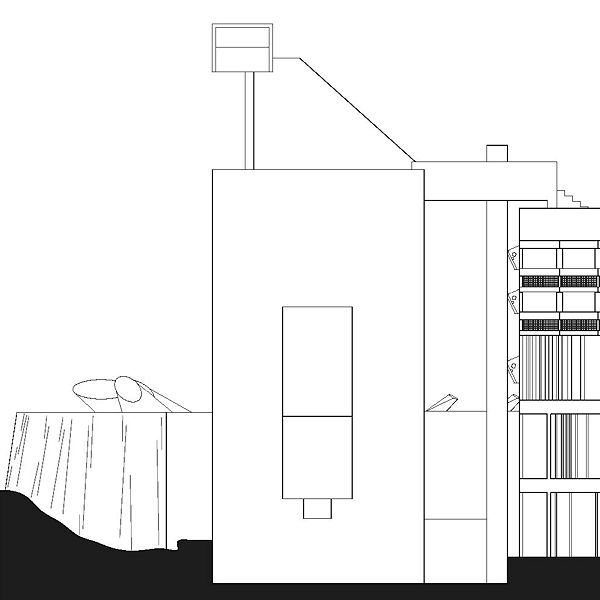
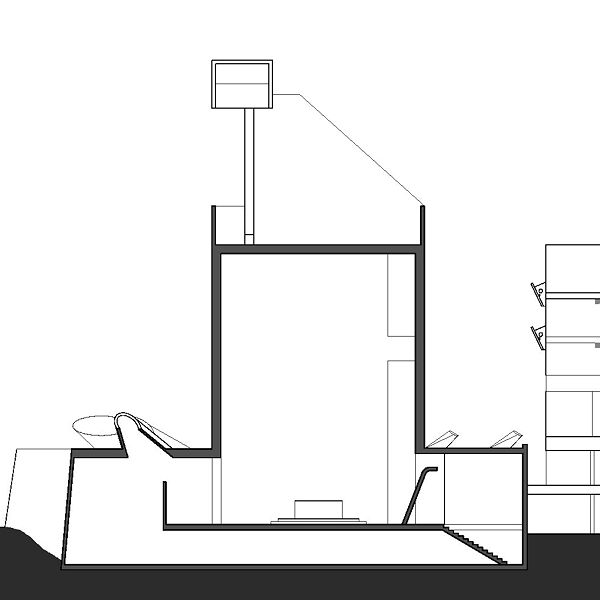
| |
2016.11.20 12:58
20 November
early Picasso... ...late Hejduk
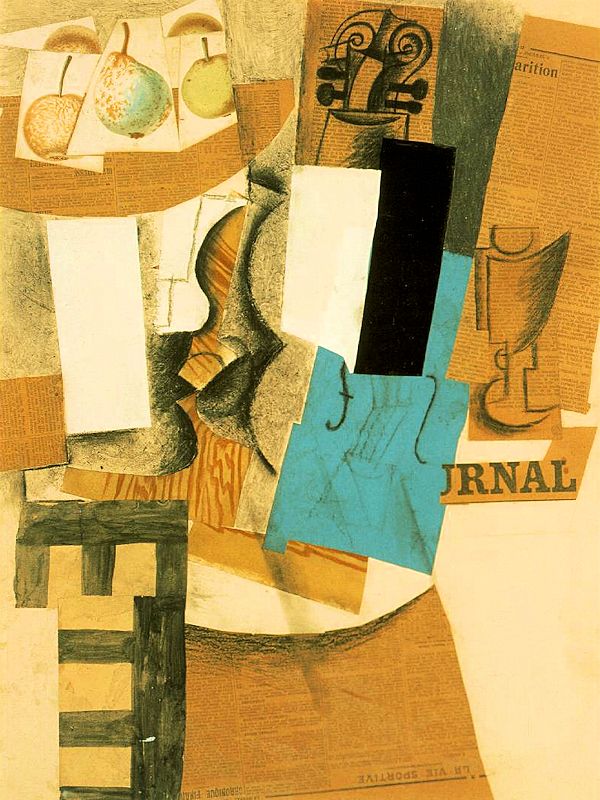
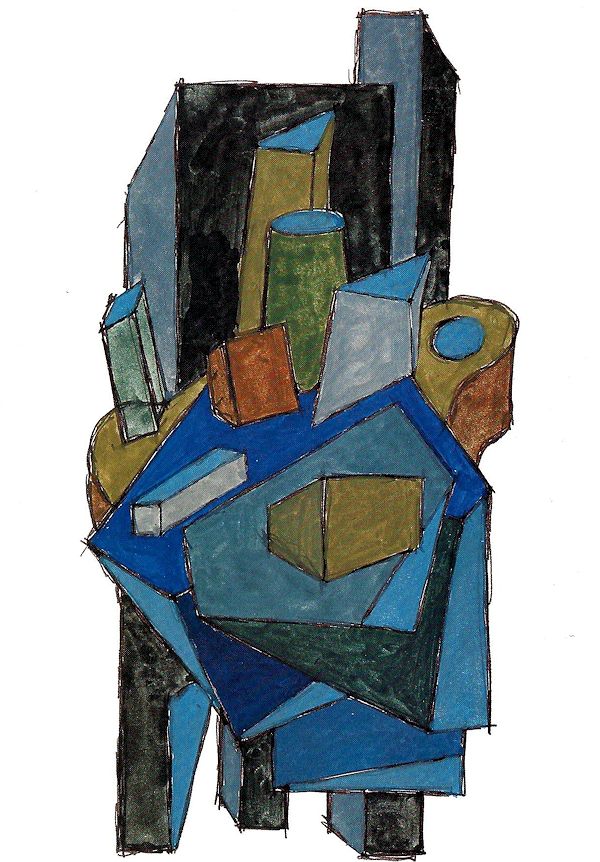
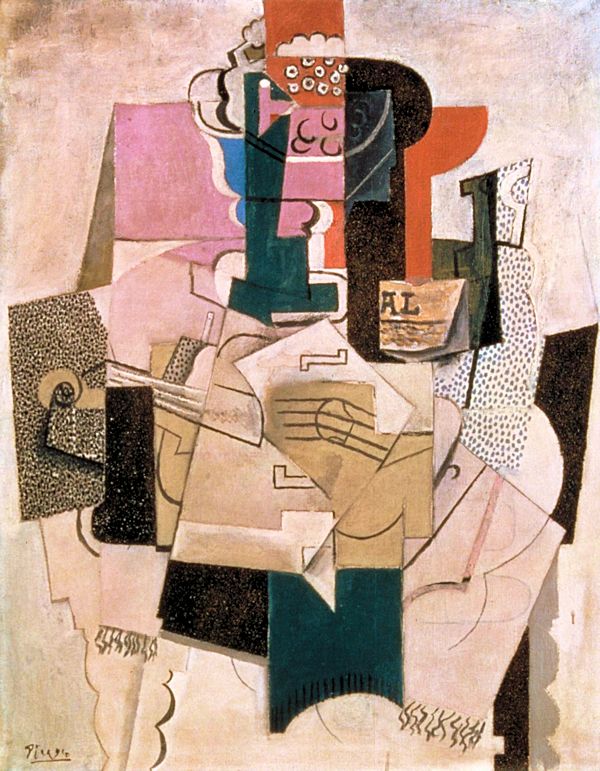
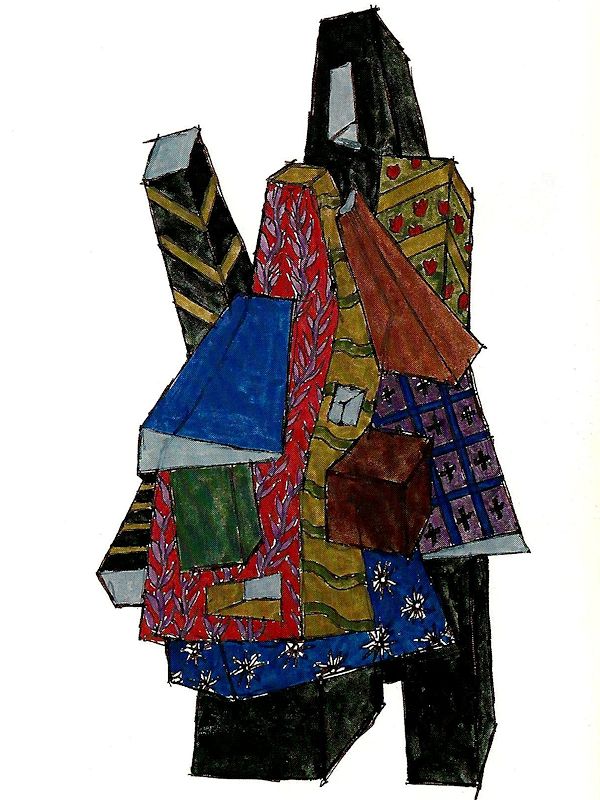
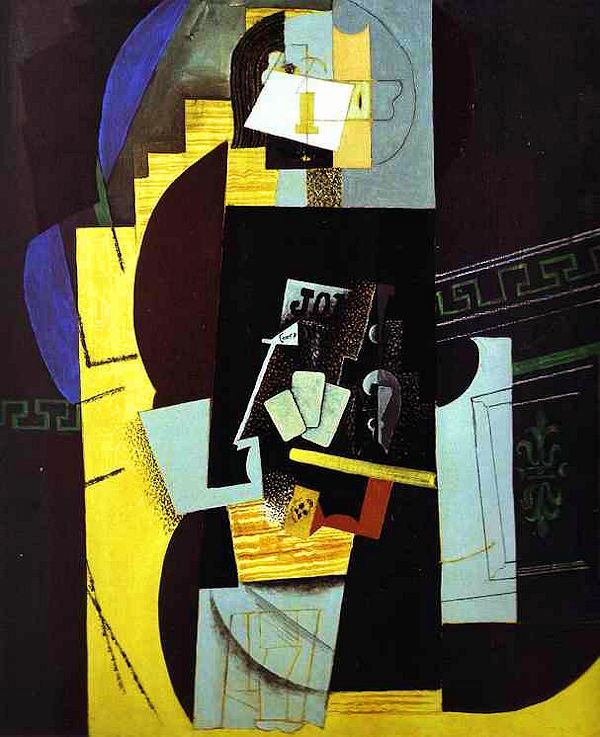
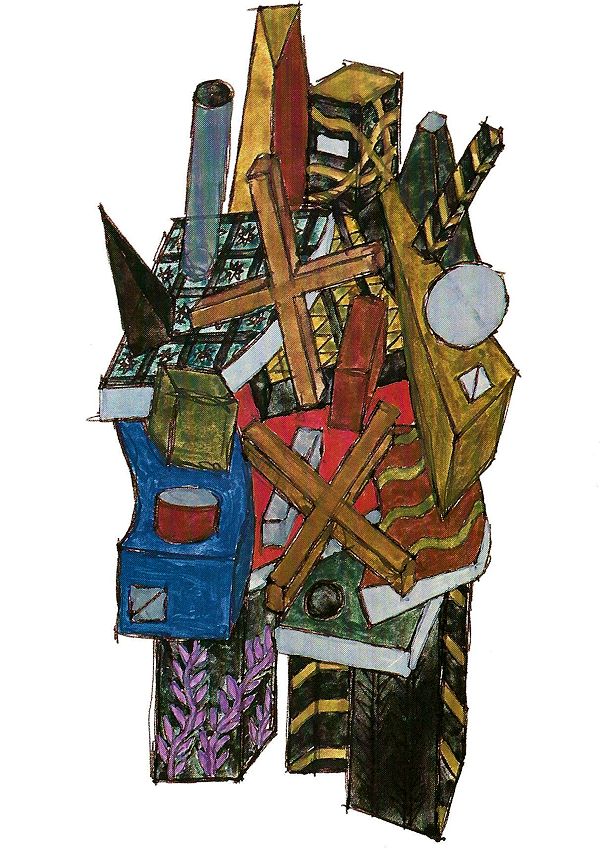
| |
2016.11.24 12:57
suicide of an architect
John Hejduk’s The House of the Suicide structures get new life in Prague
2016.11.24 13:12
suicide of an architect
Not an architect contemplating suicide, rather an architect contemplating suicide in terms of architecture. Any other architect besides Hejduk to have ever done that?
2016.12.07 10:33
5 December
2016.12.07
...late styles undermine our pleasure, actively eluding any attempt at easy understanding.
...the prince stands for a pessimism of the intelligence and a pessimism of the will. The very first words of the novel are the concluding words of the rosary intoned by Father Pirrone--"nunc et in hora mortis nostrae"--and they set the tone of the entire book.
Said 104
Hejduk's late style?
2016.12.08 14:20
5 December
coc, if you have more thoughts on "late style" and "the case of architects" feel free to share. I'm here interested in trying to understand Hejduk's late works (and not so much his professional life), particularly the works from the last seven years of Hejduk's life.
The "wall house" theme has been a near constant throughout Hejduk's oeuvre, thus providing an interesting evolutionary gauge from early to late 'style'.
"now and at the hour of our dead" relates well to the profusion of religious (Roman Catholic) building designs from the last four or so years of Hejduk's life, including many church designs, most of which I see as continual reinterpretations of Le Corbusier's church at La Tourette.
This investigation of Hejduk's late style is an ongoing project.
2017.02.09 12:54
Gensler's proposed mixed-use Downtown Los Angeles tower to incorporate low-income housing
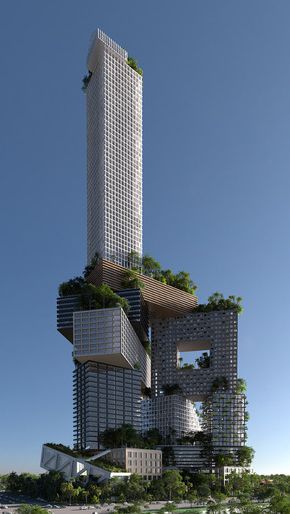
2012.11.19
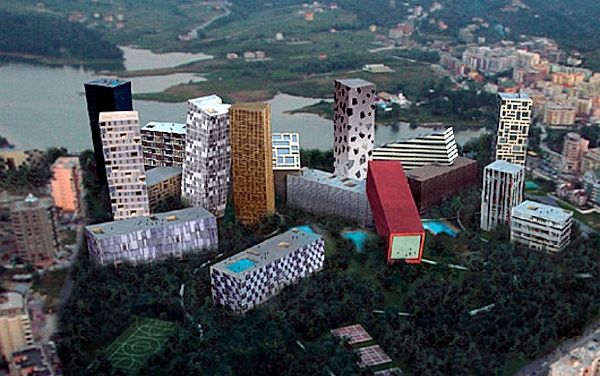
2008
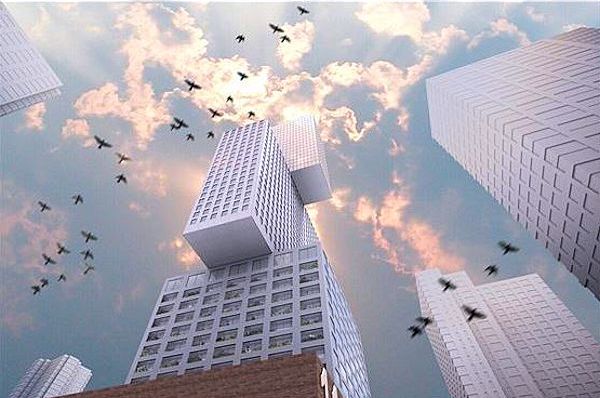
2006
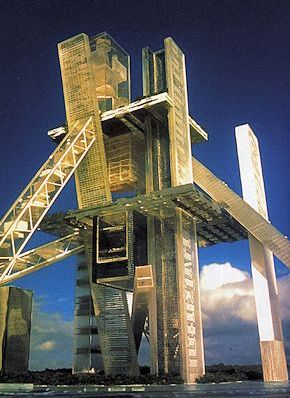
1996



1995
I'm still waiting for 1995 to materialize.
2017.06.03 10:12
John Hejduk drawings
There are some drawings with dimensions of both Berlin housing projects (not sure which is Tegel) in the Hejduk book Vladivostok. The dimensions are in metric.
|